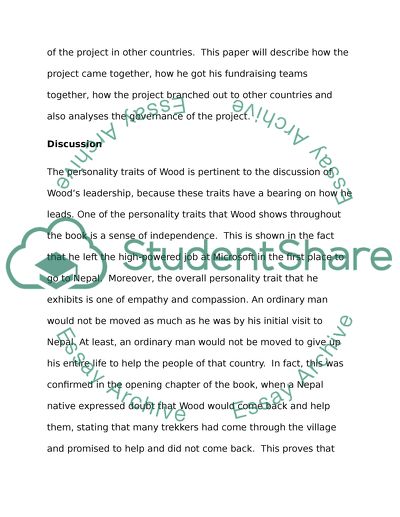Cite this document
(“Leaving Microsoft to Change the World Coursework”, n.d.)
Leaving Microsoft to Change the World Coursework. Retrieved from https://studentshare.org/information-technology/1603661-leaving-microsoft-to-change-the-world
Leaving Microsoft to Change the World Coursework. Retrieved from https://studentshare.org/information-technology/1603661-leaving-microsoft-to-change-the-world
(Leaving Microsoft to Change the World Coursework)
Leaving Microsoft to Change the World Coursework. https://studentshare.org/information-technology/1603661-leaving-microsoft-to-change-the-world.
Leaving Microsoft to Change the World Coursework. https://studentshare.org/information-technology/1603661-leaving-microsoft-to-change-the-world.
“Leaving Microsoft to Change the World Coursework”, n.d. https://studentshare.org/information-technology/1603661-leaving-microsoft-to-change-the-world.


